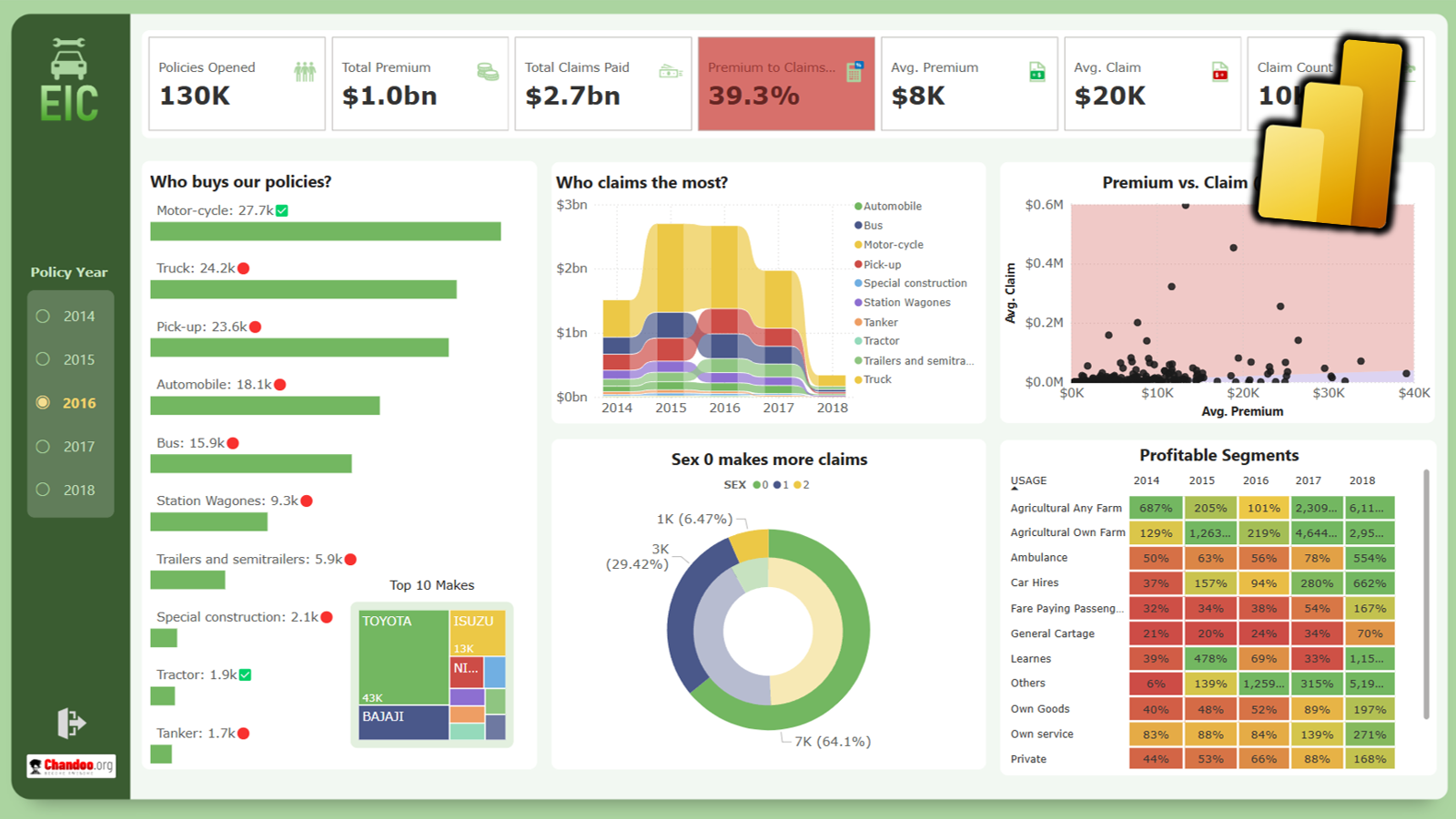We all change minds. Heck, I just did it with the leading line. I thought something else, but went with what you just read. So why must Excel charts be set in stone? Let’s say you made some charts and want to quickly second guess your selection. How to change Excel chart easily?

Sure, you can use one of the below options.
- Delete the chart and make something new
- Right click on the chart and select “Change chart type”
- Click on “Change chart type” button in the Chart Design ribbon.
But here is something that is so simple, you will love it. Ready for it?
Change Excel chart types easily – Trick
Note: this works in Excel 2016 and above. May not work in older versions of Excel.
- Select the chart you want to change.
- Go to Insert ribbon and click on the other chart you want.
- Done.
Here is a demo.

So there you go. Now changing mind is easier than looking at another (wo)man when you are with your partner. Go ahead and check out those sexy bar charts.
Work with charts often? More tips for you…
If you work with data visualization and charting often, check out these tips too.
- Create hand-drawn style charts in Excel with this trick
- Budget vs. Actual charts to make your boss drool
- Top keyboard shortcuts for charts
- More charting examples & tips




















4 Responses to “How windy is Wellington? – Using Power Query to gather wind data from web”
Breaking - Wind jokes at Chandoo
Kiwis sniffing for clues about blog post reason
It's confirmed: Wellington is windier than Uranus.
Acompanhando e aguardando ansiosamente a segunda parte.
[]s.
[Google translate]: Accompanying and eagerly awaiting the second part
hi chandoo,
i've tried using power query, however i face a rather weird problem. when i click on 'from web' option, the URL window does not show option for basic and advanced. thus i'm unable to form parameters in URL. how i can resolve this issue?